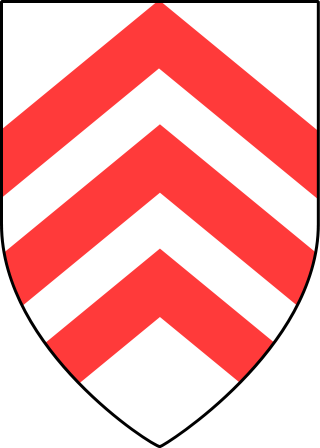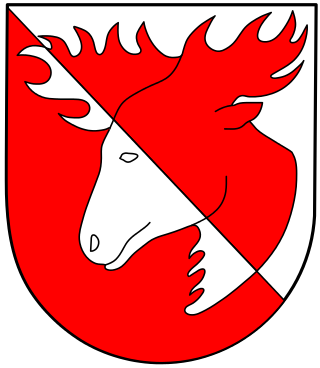
The 4th Infantry Division, designated 4.Infanterie-Division in German was one of the first divisions raised and served during part of World War II. In 1940 it was reorganized as 14th Panzer Division.

The 12th Panzer Division was an armoured division in the German Army, established in 1940.
The German 273rd Reserve Panzer Division was a reserve army division. After the Battle of Kursk the German 273rd Reserve Panzer Division was used for augmenting of 11th Panzer Division, whereas their remaining forces were shifted to the Italian front.

The German 5th Infantry Division was formed in October 1934 and mobilized on 25 August 1939. The division's troops were garrisoned in Konstanz, Ulm, and Freiburg. When formed, the division consisted of the 1st, 2nd, and 3rd battalions of the 14th, 56th, and 75th Infantry Regiments, the 1st, 2nd, and 3rd Battalions of the 5th Artillery Regiment, the 1st battalion of the 41st Artillery Regiment, and assorted 5th Division support units.

The 6th Infantry Division was a unit of the German Army during World War II.
The 1st Marine Division was formed in February 1945 in Stettin from Marine-Schützen-Brigade Nord. Replacement troops were provided by 1. Marine-Infanterie-Ersatz- und Ausbildungs-Bataillon located in Lübberstedt. Activated from Kriegsmarine forces, it fought on the northern flank of the German line on the Oder river until the end of the war.

The 11th Infantry Division was an infantry division of the Wehrmacht that was initially founded as a cover formation during the Reichswehr era. It was active from 1934 to 1945.
The 19th Infantry Division was a formation of the German Wehrmacht during World War II.

The 205th Infantry Division was a German infantry division of the Heer during the Second World War. It was initially known as the 14th Landwehr Division.
The XXIX Army Corps was an infantry corps of the German Army during World War II, active from 1940 to 1945.
The LIII Army Corps was a corps of the German Army during World War II. It was first deployed in 1941 and was active as part of various armies under Army Group Centre until 1944, when it was destroyed during the Soviet Red Army operations Bagration and Kutuzov in June and July 1944. The corps suffered enormous casualties as a result of the Soviet attacks. All of its divisions were destroyed and all but a few of the soldiers were killed or captured by the Soviet Union. A new formation named LIII Army Corps was subsequently deployed in December 1944, when it was assigned to Seventh Army and fought on the western front until surrendering to United States Army forces in April 1945.
The 89th Infantry Division was an infantry division of the German Heer during World War II.
The 209th Infantry Division was a German infantry division of the German Heer during World War II.

The XXVI Army Corps was a Wehrmacht army corps during World War II. It existed from 1939 to 1945. It was also known as Corps Wodrig during the Invasion of Poland.
The 270th Infantry Division was an infantry division of the German Heer during World War II.
The 303rd Infantry Division, also dubbed Infantry Division "Döberitz", was an infantry division of the German Heer during World War II.
The 544th Volksgrenadier Division was a Volksgrenadier-type infantry division of the German Wehrmacht during World War II. It was active from July 1944 to May 1945. In the first two months of service, the division was designated 544th Grenadier Division.
The Infantry Division Friedrich Ludwig Jahn was an infantry division of the German army during World War II. It was formed in the final weeks of the war, and existed between late March and early May 1945.
The 353rd Infantry Division was an infantry division of the German army during World War II.






